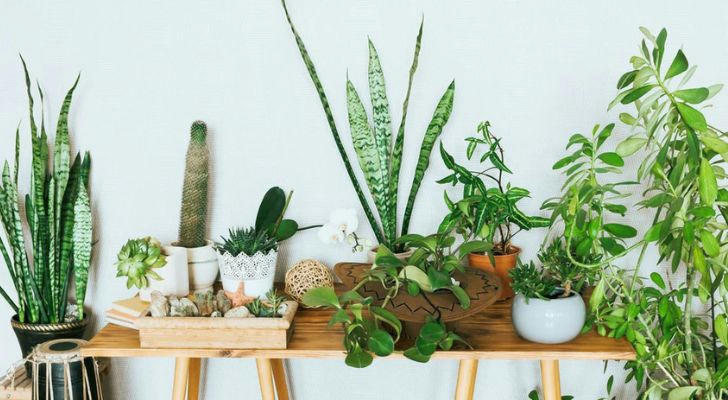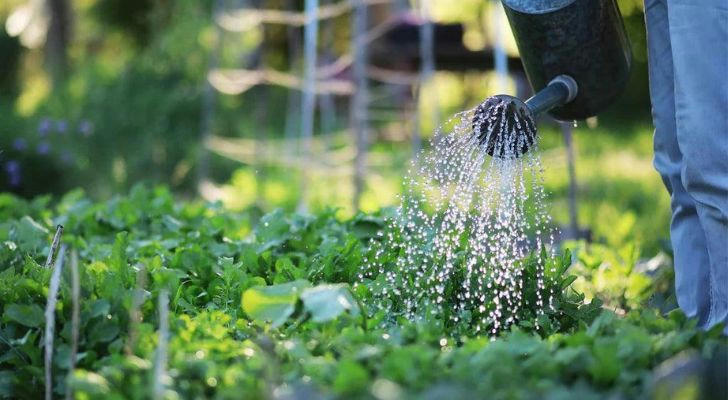Making Gardening Simple: Beginner-Friendly Planting Tips
Starting a garden can seem like a daunting task, especially if you’re new to the world of plants. The good news is that gardening doesn’t have to be complicated. With just a few simple tips and some basic knowledge, anyone can create a thriving garden. In this article, we’ll break down a couple of important areas that can make your gardening experience easier and more enjoyable.

1. Choosing the Right Plants for Beginners 🌱
One of the first steps to a successful garden is selecting plants that are easy to grow. Some plants are more forgiving than others, making them perfect for beginners. Hardy plants that require minimal care can be a great place to start.
• Succulents: These drought-resistant plants are perfect for those who might forget to water them. They thrive in dry conditions and come in various shapes and sizes, making them a fun addition to any garden or home.
• Herbs: Herbs like basil, mint, and rosemary are easy to grow and can be planted in pots, making them perfect for small spaces. They also come with the added benefit of fresh, home-grown flavor for your cooking!
• Marigolds: These bright flowers not only add a pop of color but are also easy to maintain and resistant to pests, making them great for beginners.
In fact, a study published in Horticulture Research found that succulents are 50% more likely to survive in dry conditions compared to other plants. This makes them perfect for anyone who might struggle with remembering to water regularly.
2. Understanding Soil and Drainage 🏞️
Soil quality is essential for healthy plant growth. Good soil holds the right amount of moisture while still allowing air to circulate around the roots. Without proper soil, even the best plants won’t thrive.
• Soil Type: There are different types of soil—clay, sandy, and loamy. Loamy soil is the best for most plants because it’s a balanced mix of sand, silt, and clay, providing both good drainage and moisture retention.
• Drainage: Plants don’t like to sit in waterlogged soil, as it can lead to root rot. Ensure that your garden beds or pots have proper drainage. If you're planting in containers, make sure there are holes at the bottom to allow excess water to escape.
According to the American Society of Landscape Architects, proper drainage is one of the top reasons plants fail in containers. In fact, 40% of plant deaths in pots are due to poor drainage.

3. Watering: How Much and How Often? 💧
Watering is one of the trickiest aspects of gardening. Too little water can cause plants to wilt, while too much can drown them. So, how do you find the balance?
• Check the soil: Before watering, check if the top inch of soil is dry. If it is, it’s time to water. If not, wait a few days. This method prevents overwatering, which is a common mistake for beginners.
• Watering early or late: It’s best to water plants in the early morning or late afternoon when temperatures are cooler. Watering in the heat of the day can cause water to evaporate too quickly, meaning your plants won’t get enough hydration.
Research conducted by the University of California found that watering plants deeply but less frequently encourages stronger root systems. Once or twice a week is often enough, depending on the climate.
4. Sunlight and Location: Where to Place Your Plants 🌞
Understanding where to place your plants can make or break your gardening experience. Plants need sunlight to thrive, but some varieties require more sun than others.
• Full Sun Plants: These plants need at least 6 hours of direct sunlight each day. Examples include tomatoes, peppers, and sunflowers.
• Partial Sun Plants: These plants thrive with 3 to 6 hours of sunlight. Examples include lettuce and carrots.
• Shade-Loving Plants: If your garden doesn’t get much sunlight, consider plants like ferns, hostas, or impatiens that thrive in low-light conditions.
According to a study by The National Gardening Association, 80% of plant problems are related to light conditions. Understanding what your plant needs will save you from a lot of frustration and dead plants.
5. Common Mistakes and How to Avoid Them ⚠️
Even the best gardeners make mistakes. However, knowing common pitfalls can help you avoid them.
• Overwatering: As mentioned, overwatering is a common mistake. A good rule of thumb is to let the top layer of soil dry out between waterings.
• Not Considering Plant Size: When choosing plants, make sure to consider how large they will grow. Crowded plants won’t have enough space to spread their roots, which can stunt their growth.
• Not Regularly Checking for Pests: Pests can sneak into your garden without warning. Regularly inspect your plants for any signs of insects or disease. Early detection is key to preventing larger problems.
A study from The Royal Horticultural Society found that nearly 30% of beginner gardeners face challenges with pests. Regular monitoring can help you catch issues before they spiral out of control.

Conclusion: Simple Steps for a Thriving Garden 🌻
Gardening doesn’t have to be overwhelming. By starting with easy-to-grow plants, understanding soil and drainage, getting your watering right, and positioning your plants properly, you’re well on your way to a successful garden. Remember to be patient and enjoy the process. Gardening is about experimenting and learning, so don’t be afraid to make mistakes along the way.
With just a little effort and attention, you can transform your garden into a lush, thriving space that brings both beauty and joy. Happy gardening!
